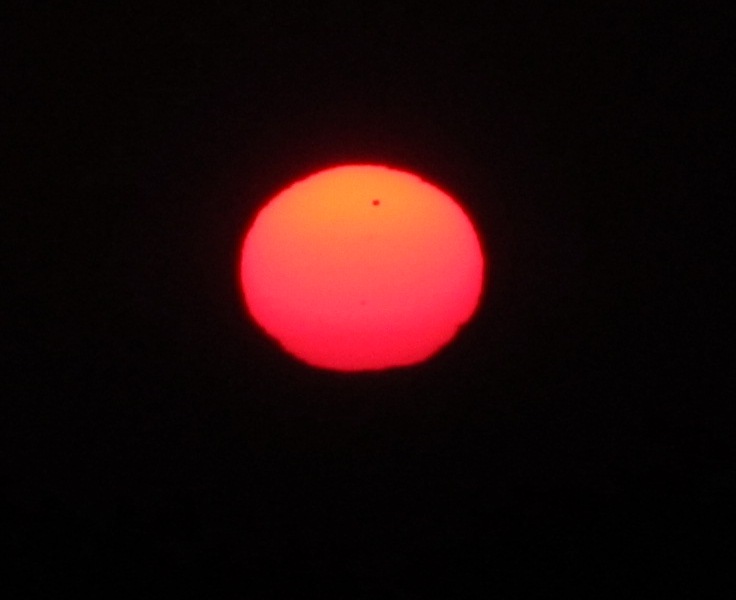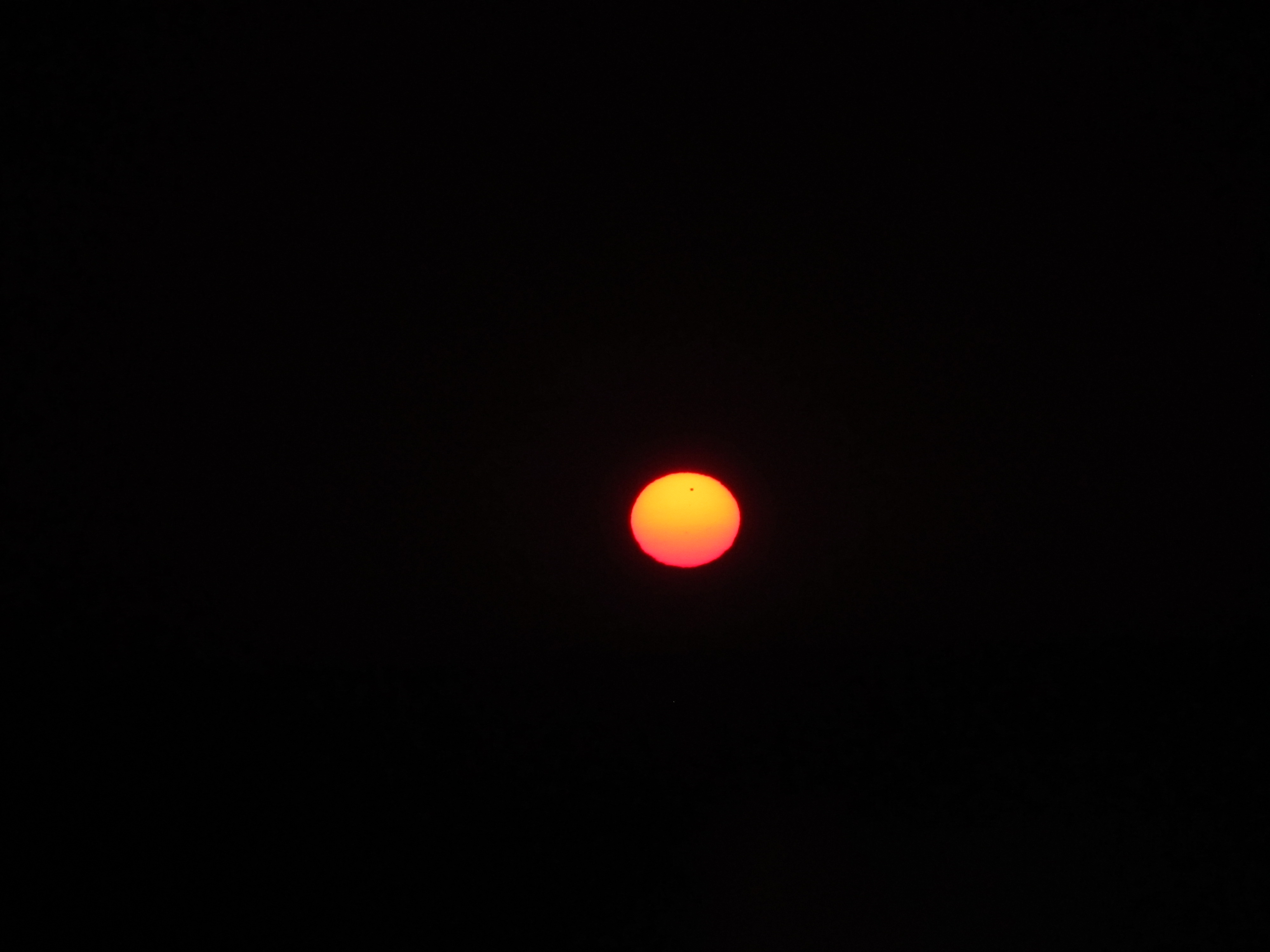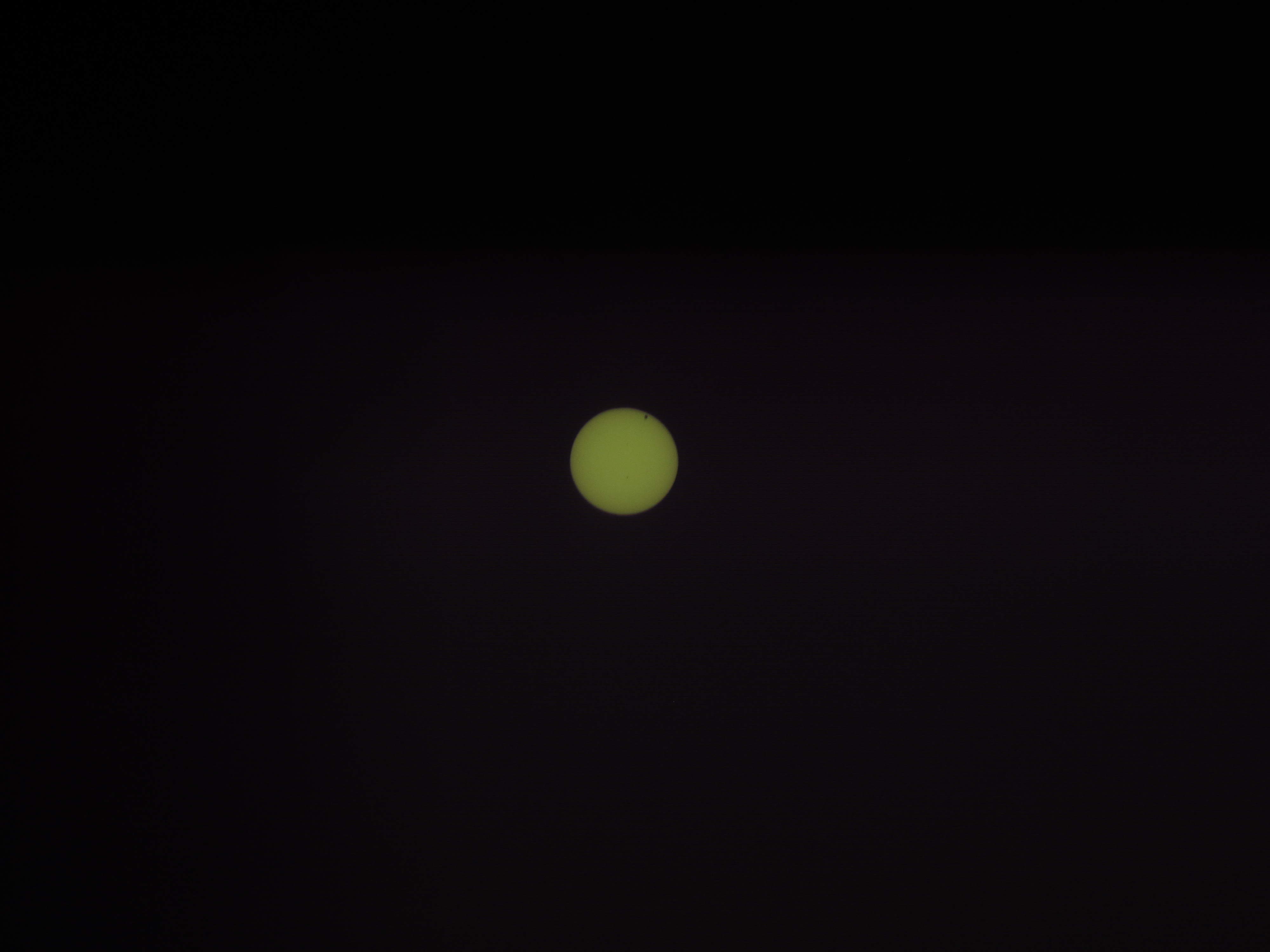13 and 5 years ago we could witness an unusual occurrence when an inferior planet crossed the solar disk. The transit of Venus is a very rare celestial phenomenon, which occurs usually twice in the span of a little bit more than 1 century. I said twice because between first and second transit is approximately 8 years After this 8-year pair of transits occur a long gap with 105.5 and 121.5 years period. It makes the transit of Venus one of the rarest of predictable astronomical phenomena. The whole Venus transit cycle repeats every 243 years! This occurrence takes place when the planet Venus passes directly between the Sun and a superior planet like Earth. This is like an annular solar eclipse in miniature, however, the Venus antumbra is vast, making this event much longer (over 6 hours). Venus subtends up to 64” arc only, so it looks 32x smaller than a solar disk. The Venus orbit is inclined by 3,4 deg relative to Earth’s so very often this planet appears to pass under (or over) the Sun at inferior conjunction. In this case, Venus can be as far as 9,6deg from the Sun when viewed from Earth (Pic.1).
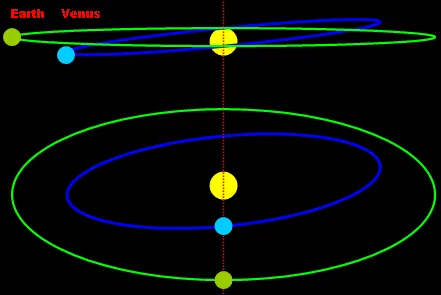
I was fortunate to see last both transits in 2004 and 2012. In 2004 I had Newton’s aperture telescope made by OPTUS in Germany. My father bought me this telescope for Santa Claus in 1999. It has a 76 mm aperture and a 700 mm focal length. I used also 3 eyepieces, through it, I could gain 34x, 56x, and 175x zoom. In order to watch the Sun, I used a self-prepared shading filter made for the magnetically coated plastic disk, which consisted of a 3,5-inch floppy disk (Pic.2). Using a double layer of this plastic piece enabled me to look for Sun safety (Pic. 3,4). I installed this on the front of my telescope objective and observed the Sun. On that day Wednesday 8th June 2004 the transit was visible for its entirety in Poland. My observation point was situated near my home. I invited 3 friends and we were watching the Sun with Venus together (Pic. 5).

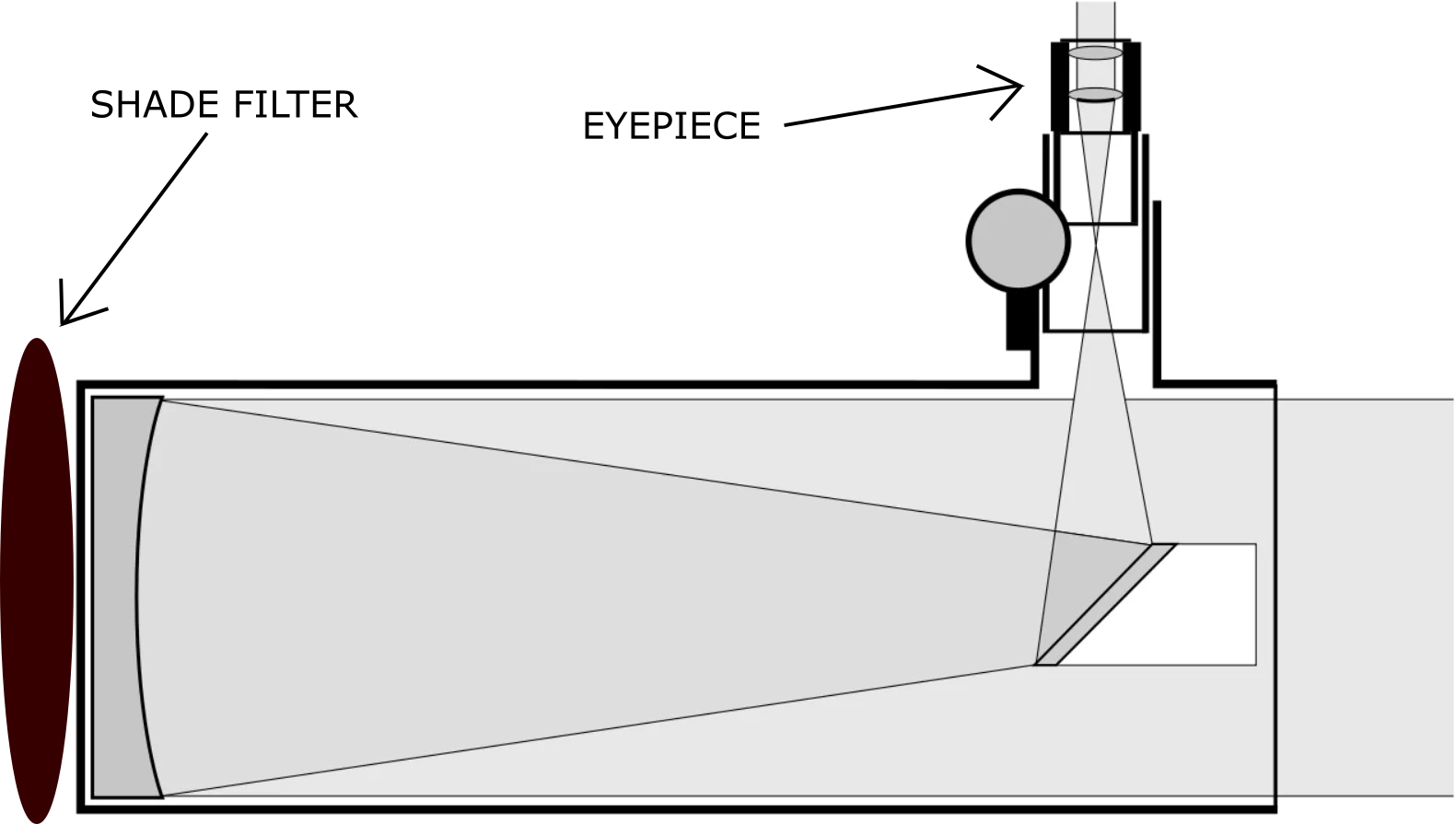
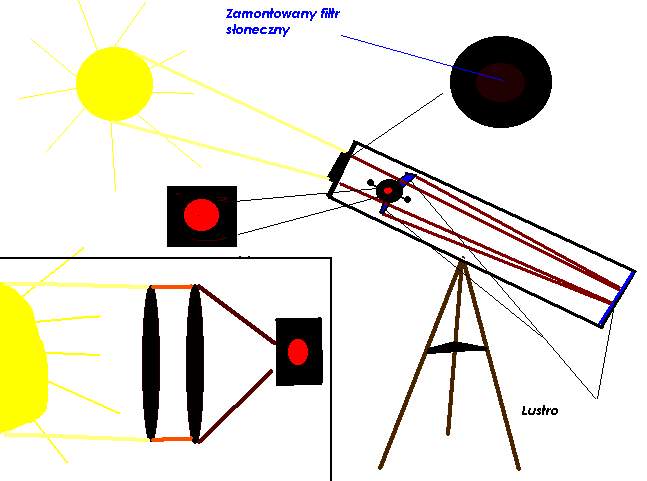
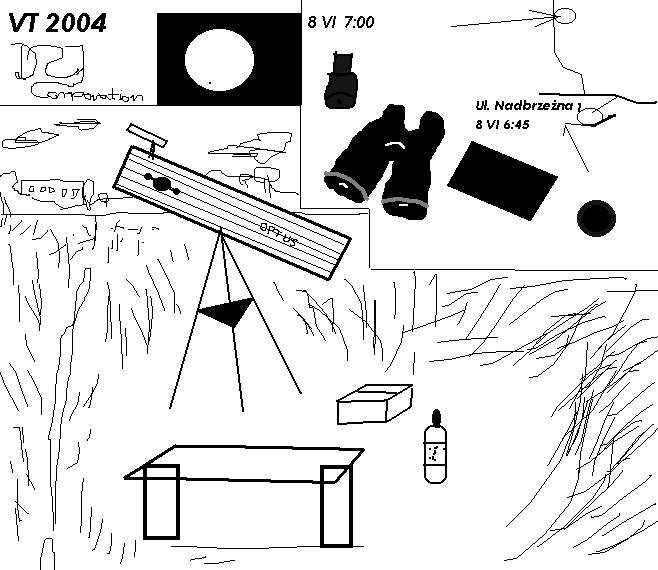
I had 10×50 binoculars made by BERKUT also and shading glass. I started the observation just after 7 am and finished around 10.30 am and then went to school for my classes. It was the first school truancy in my life! However, I decided that nothing is more important than rare Venus transit, which probably I will not see again (I knew about VT 2012, but nothing is a sure thing). I and my friends have seen Venus moving across the solar disk, although we could not spot both I and II contact due to altocumulus clouds, which were prevailing above the eastern part of the horizon.
VT 2004 is the phenomenon, which I clearly remember, although I haven’t got my own pictures from that time. I attached the graphs, which show what I remembered. I can recall a dark circular shape situated near a vast solar disk edge. There were a few altocumulus cloud spots, which partially spoiled the Sun. I could see the Sun in 2 colors: red is seen through the disk pieces and green through the shading glass (Pic. 6,7).
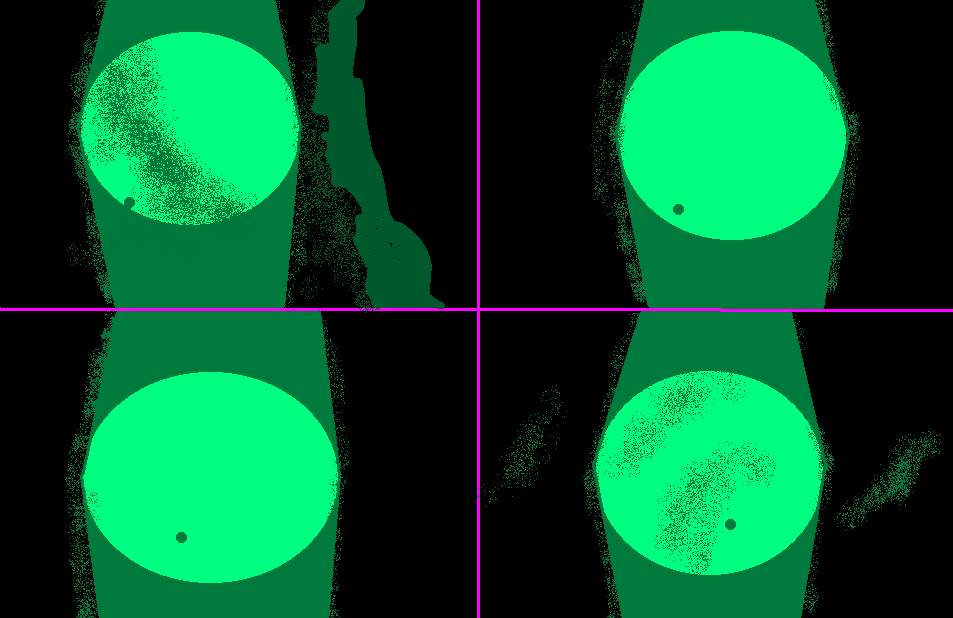
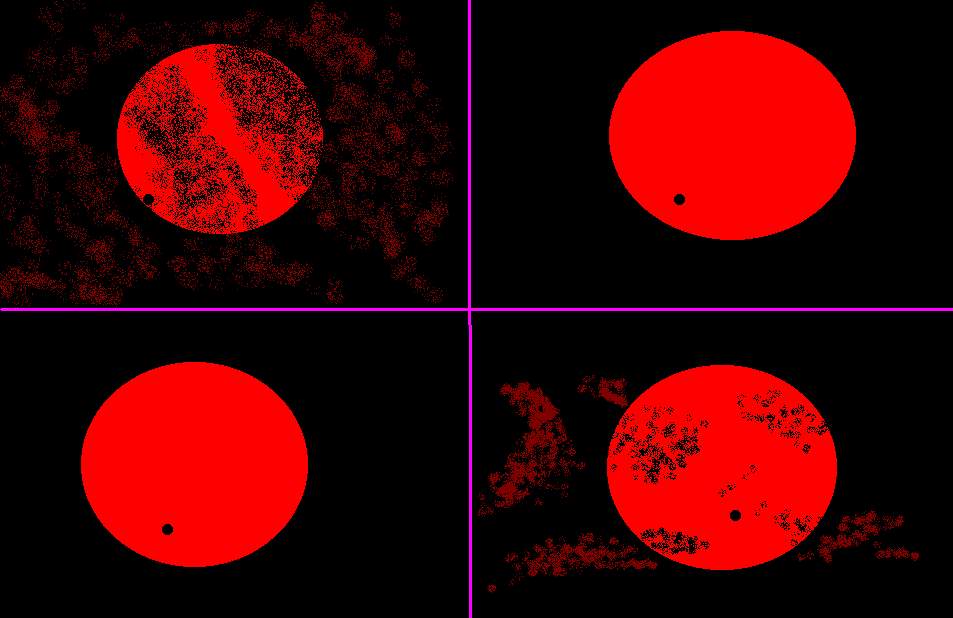
The weather improved around 7:45, around 5 minutes after II contacts. Hence each top left memorized picture shows Sun veiled by mid-level clouds.
Around 10.30 mid-transit occurred. I could observe progressing Venus in reverse sequence, but I had a test in chemistry at school, which would decide my final school grade in this subject. I took off my gear then brought it home, next backpacked and went to school. This rare celestial event was clearly visible in my hometown thanks to the nice weather. I took the shading glass to school with myself and finally corrupted a sports lesson a bit. We were doing exercises outside on the school pitch, thus a majority of my colleagues and teacher Marek Fornal were interested to take a glimpse of the Sun with smallish Venus inside. The second planet in our Solar System is Earth the closest planet, thus the inferior conjunction with Sun is visible as a very small crescent for an eagle-eyed observatory and it is definitely visible through the precaution only when crossing the solar disk. For this reason, I could impact this lesson and encourage students to watch the Sun. On the car parking, a front of High School no 5 (Zespół Szkół Ponadgimnazjalnych nr 5 w Krośnie) swimming pool building the physics teacher from our school – dr Andrzej Para was carrying out the observation, projecting the Sun into the big blank board, likewise in a primary school in Jasło (Pic.9). The Venus left the solar disk around 13:00. This celestial event was clearly visible for its entirety in my hometown (Pic. 8).
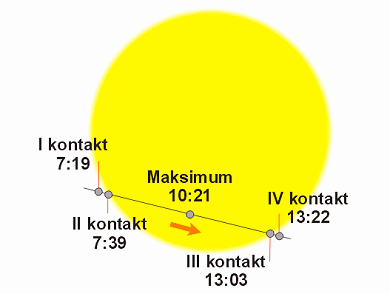
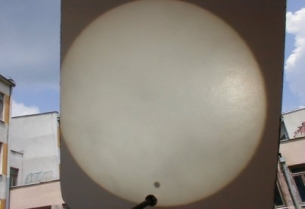
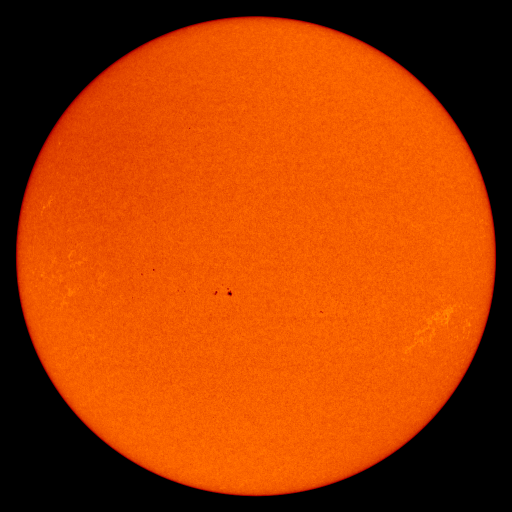
The next transit of Venus was nearly 8 years later on 6th June 2012. I had this transit in mind especially since I bought my first camera in 2006. I dreamed about a small souvenir from this rare celestial event.
Once 2012 came I started planning the observation seriously. At that time I was a geography teacher in the Szczepan Humbert Mechanical School no 1 (Zespół Szkół Mechanicznych nr 1 im. Szczepana Humberta w Krakowie). Job as a teacher is specific because usually, you can’t admit on holiday whenever you want. In spite of plenty of days off (more than 35 per annum) you are addicted to a school year, therefore your annual leave occurs during the school holidays (big days, winter & summer holidays, etc.). When you really need a day off in the middle of the school year you have to take unpaid leave, which isn’t simple as it looks. First, you have to write a request to your headteacher where you must prove the proper reason you leave. Next, you need approval from your director. If your headteacher will not approve your unpaid holiday request for whatever reason you have to be at school (work) at this time. I considered taking 1 unpaid day off on 6th June, in case of bad weather circumstances. The Venus transit in Poland was going to be seen until 7 am so it was a big chance to enjoy this celestial encounter if the weather is fine. Otherwise, I was going to leave Krakow and go someplace with a clear northeastern sky. Fortunately, in February the lesson plan had been changed and I gained Wednesday off. 6th June 2012 was Wednesday also so I was very happy.
In early June on the week of commencement I knew, that some journey will be needed because the weather forecast was fatal. I considered going west to Opole or Wrocław where weather patterns were much better. First I thought, that I will go to Opole by train, which departed at 23.20. I was looking for someone, who could go to watch this rare occurrence. I found on the astronomical forum, that members from Krakow’s branch of the Polish Society of Astronomers Amateur (Polskie Towarzystwo Miłośników Astronomii) are going to see the Venus transit in a different part of Poland. Frankly speaking, I was very lucky, because Mr. Marcin Filipek, the chairman responded to my e-mails for the very last time. Without any contact with him I set off to Piastowska street, next to the junction with Królewska street, approximately vis-à-vis the Biprostal edifice. We were appointed there, and I had to wait in the bus shelter. When I came there I realized that will be difficult to meet because of the night, lack of contact, and some misunderstanding that would occur. Luckily after maybe 5 minutes came some guy, who declared that he is also going to see the Venus transit with the astronomer’s group. I felt relieved then. We had not been waiting for so long. After maybe 10 minutes, around 0.50 am a white van came and took us first to Jerzmanowice. Their astronomers packed themselves gear into 2 smaller cars and we set off towards better weather conditions. We were headed west. After quick passing by the Silesian metropolitan area, we proceeded by A4, the main polish motorway. Just before Opole, around 3.30 am we spotted the Moon (waning gibbous). Zenith’s sky became clear, however, we went further west because both the eastern and western horizon was still overcast. After the next maybe 30 km the sky was clear enough under the glow of the forthcoming sunrise, which was fading in.
We turned north after 4am and went a few km ahead, where we set up our equipment in the immediate vicinity of the road. The Sun rose at. 4.40 behind the remote altocumulus cloud. Venus was clearly visible after the Sun rose a little bit higher than the far, thin cloud layer. We made an excellent observation through 4 items: Telescope Newton 160/1600, MTO-1000 (100/1000), binoculars 20×66, and DSLR camera with a 300mm Sigma zoom lens. My equipment was far behind the astronomer’s stuff. I took a shading glass, 2 pieces of 3,5” disk, and a compact digital camera only.
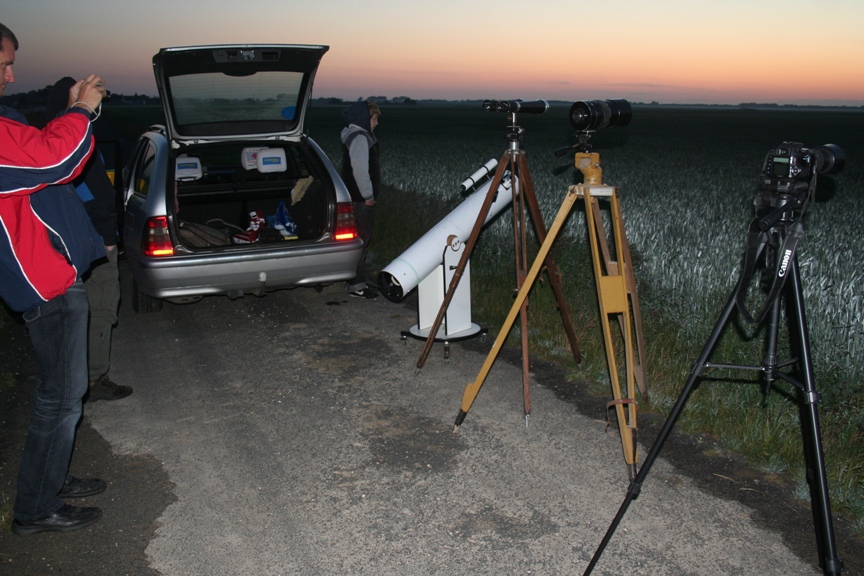
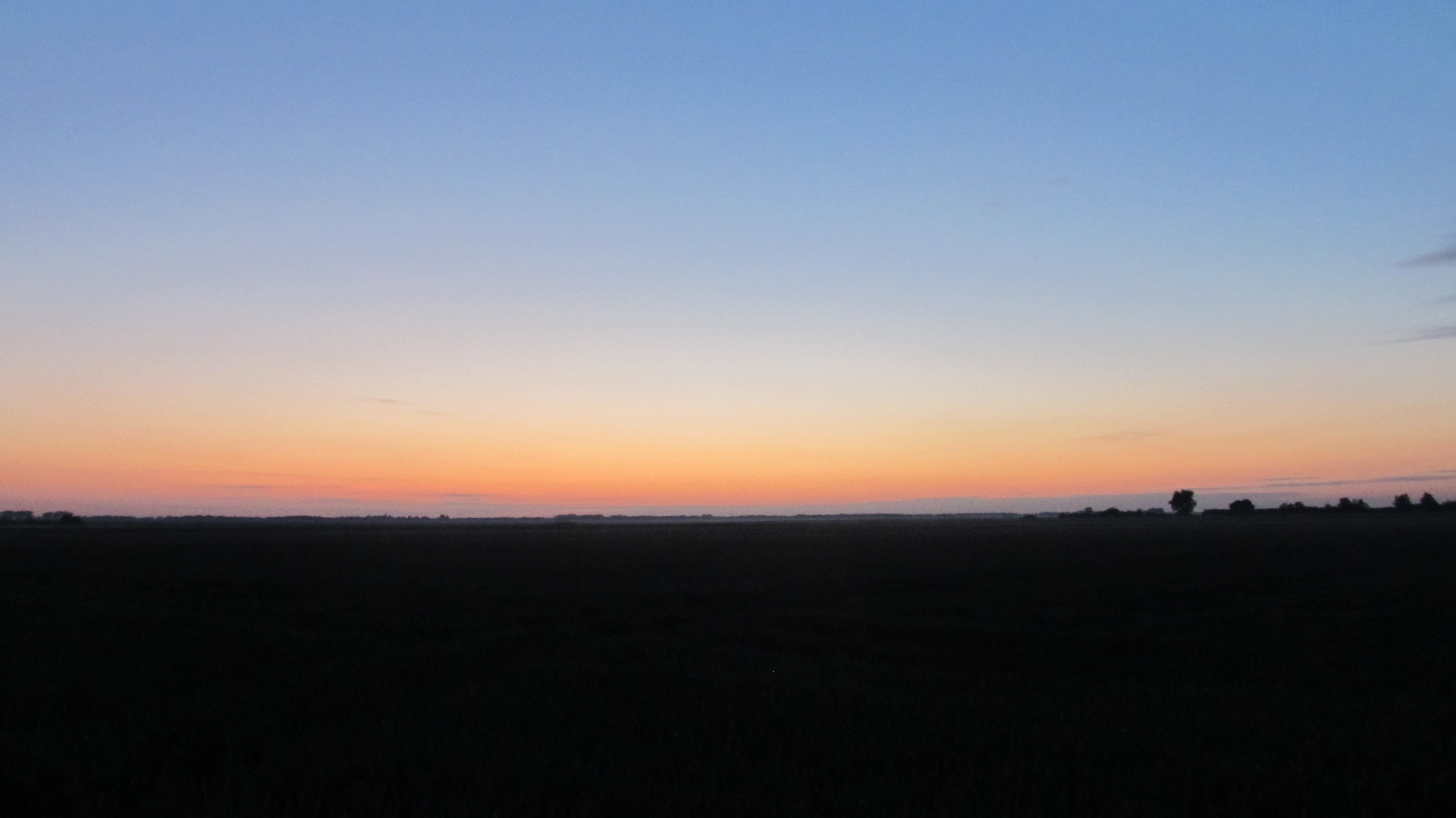

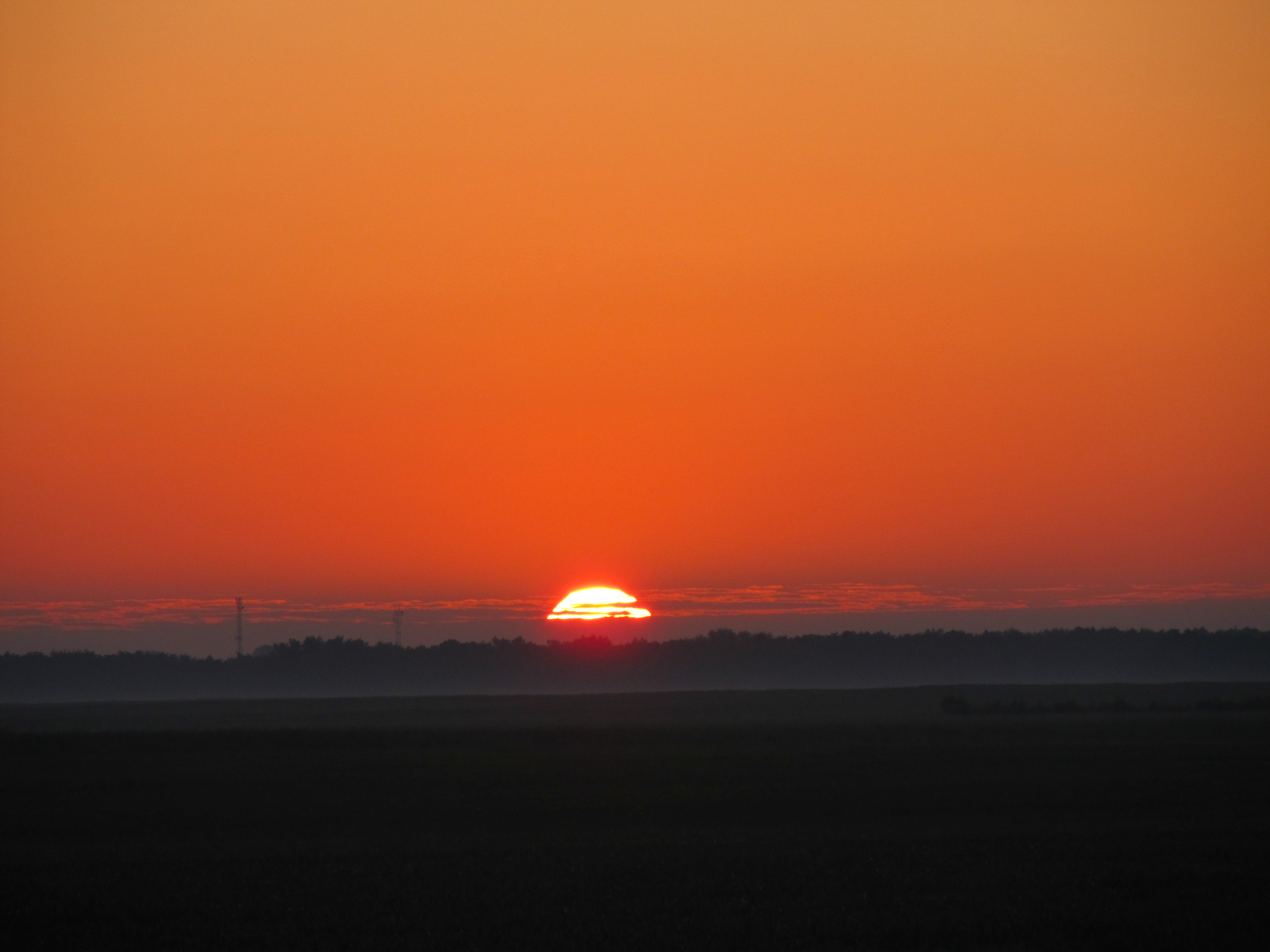

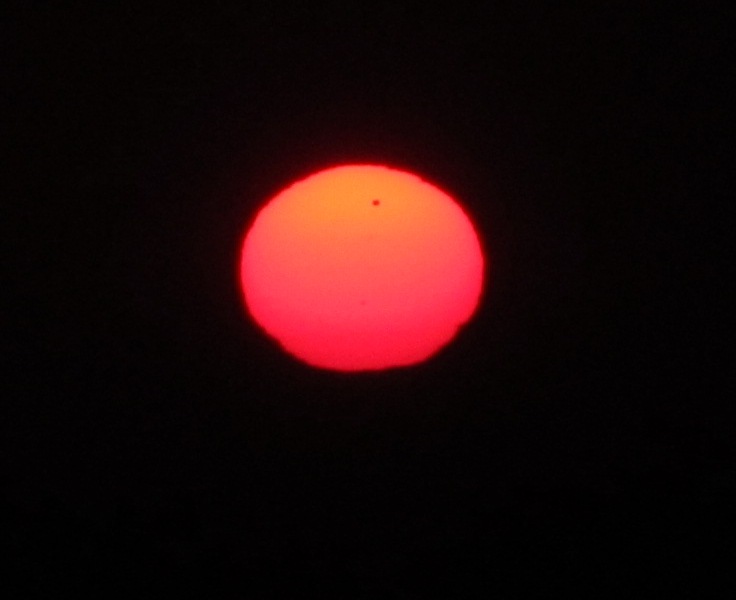

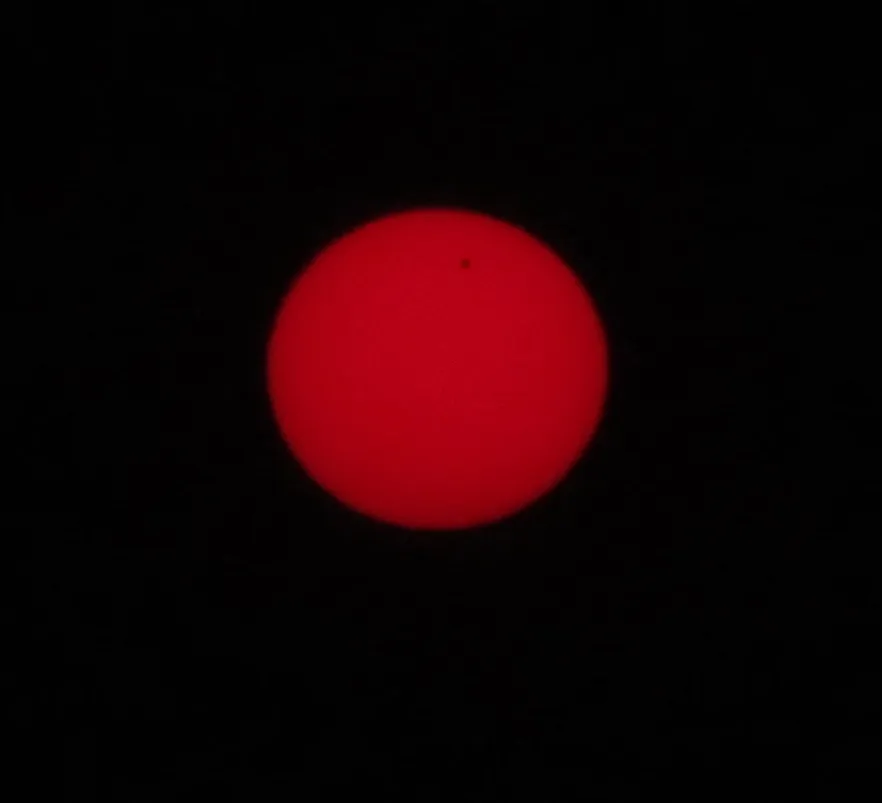
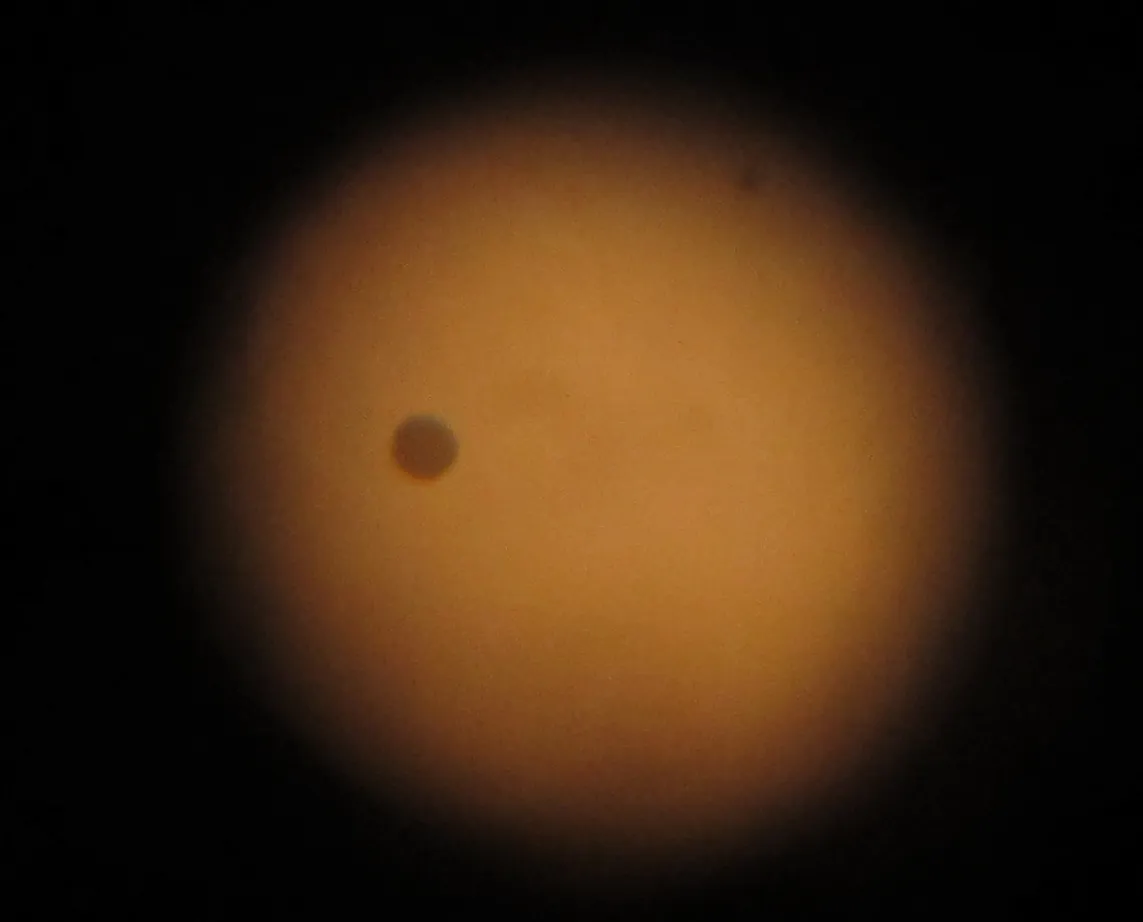


Because of our location next to the road, our group was a point of interest for some people passing by. One guy going on a tractor stopped for a while to spot a smallish Venus going across the solar disk.

Through the telescope, I could see the Venus disk which seemed to be faster than the solar one. It was amazing and will not happen again in my life. I took many pictures through the telescope view.

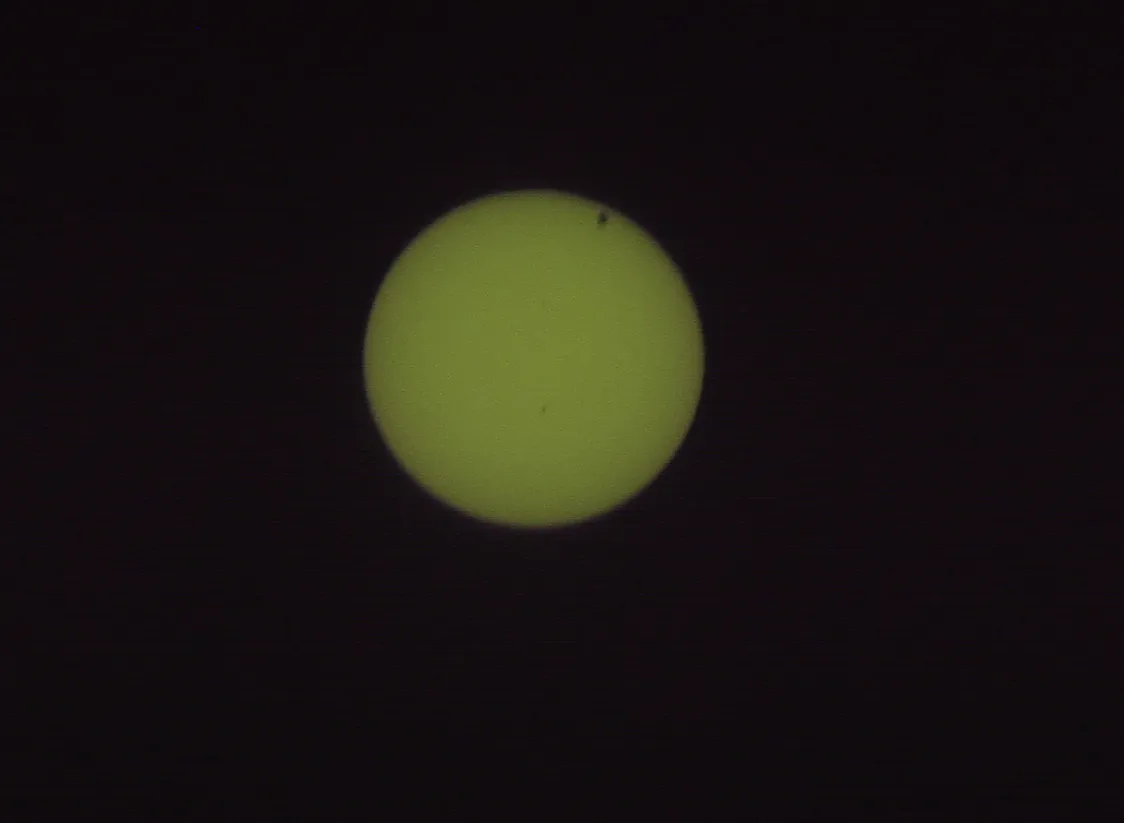

The most interesting part of observation was between III and IV contact when I could see how Venus touched the solar limb. I missed out on this in 2004, although I spotted this 8 years later.
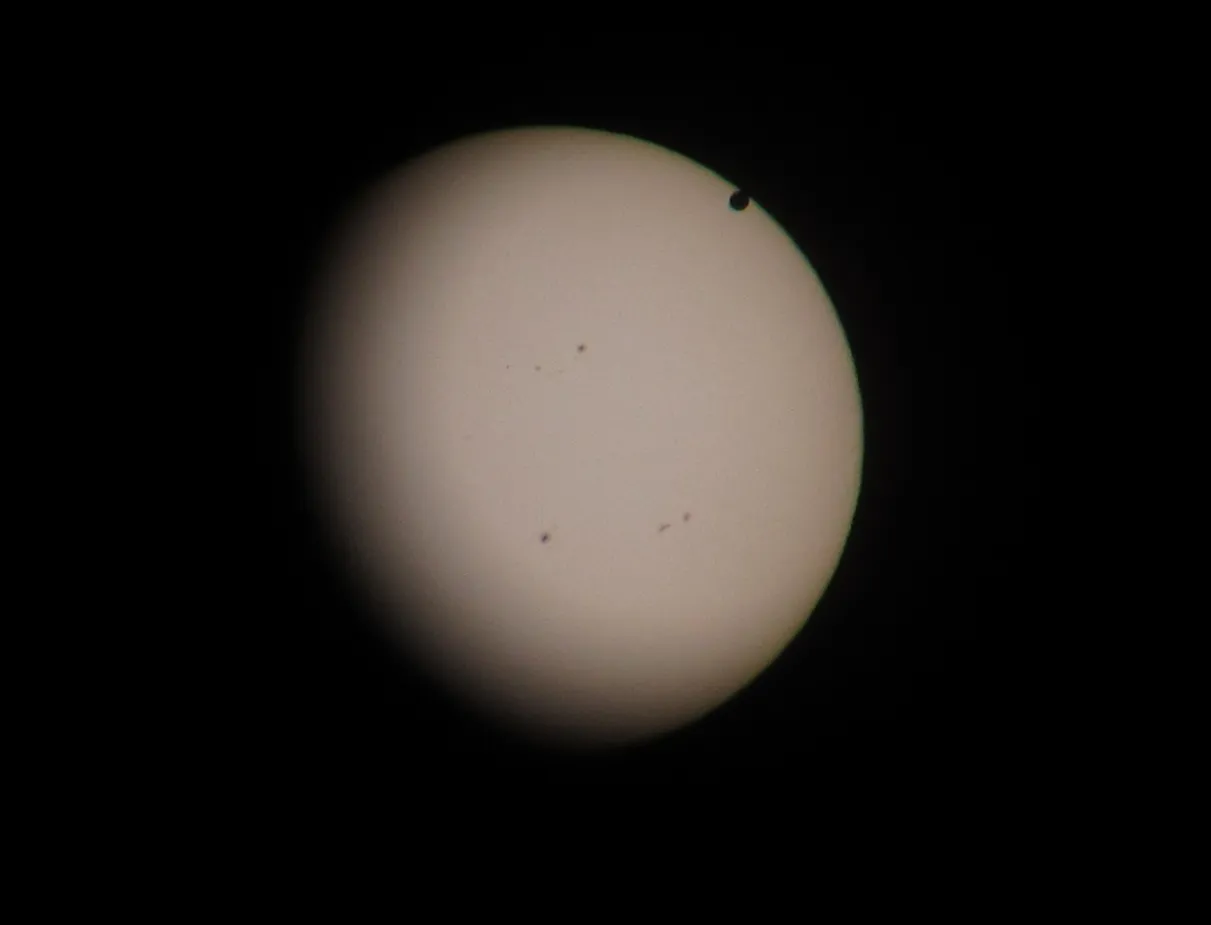


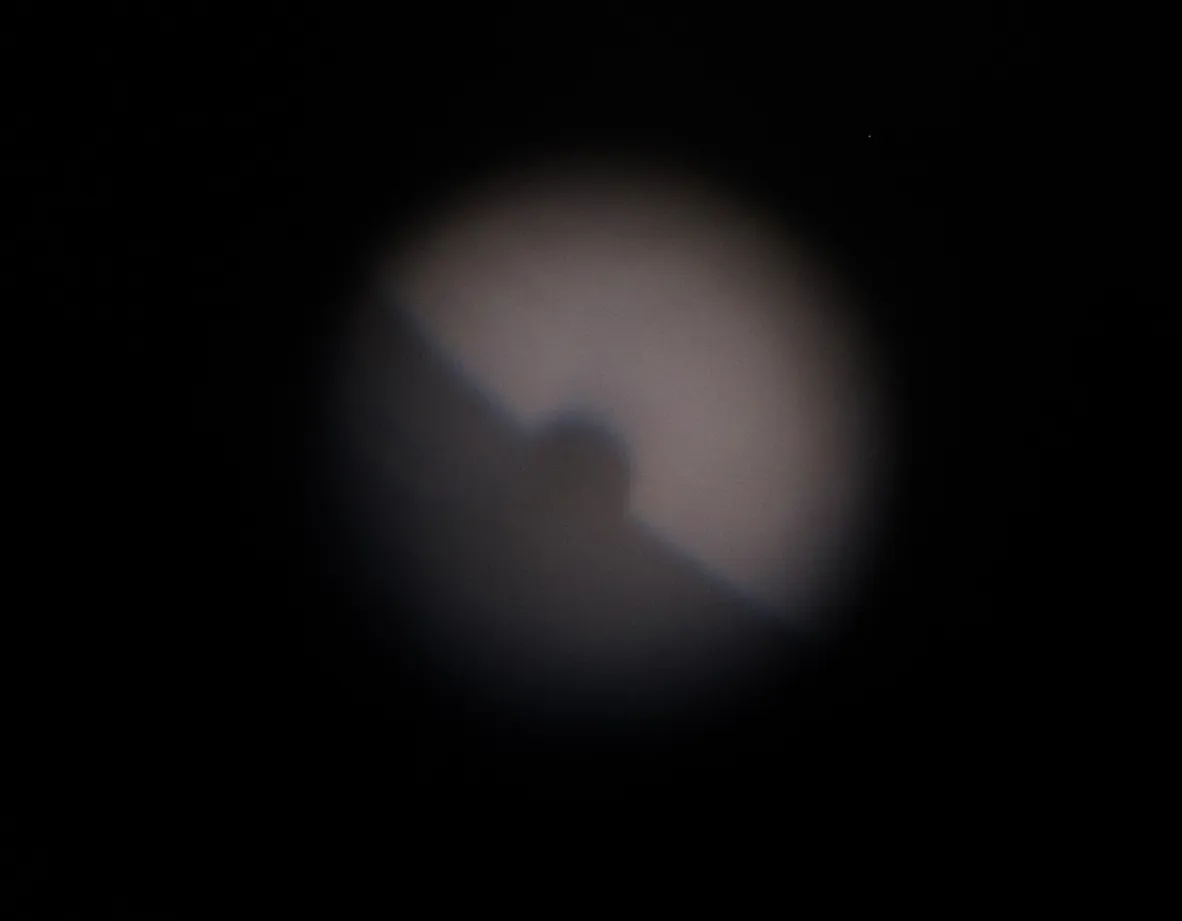


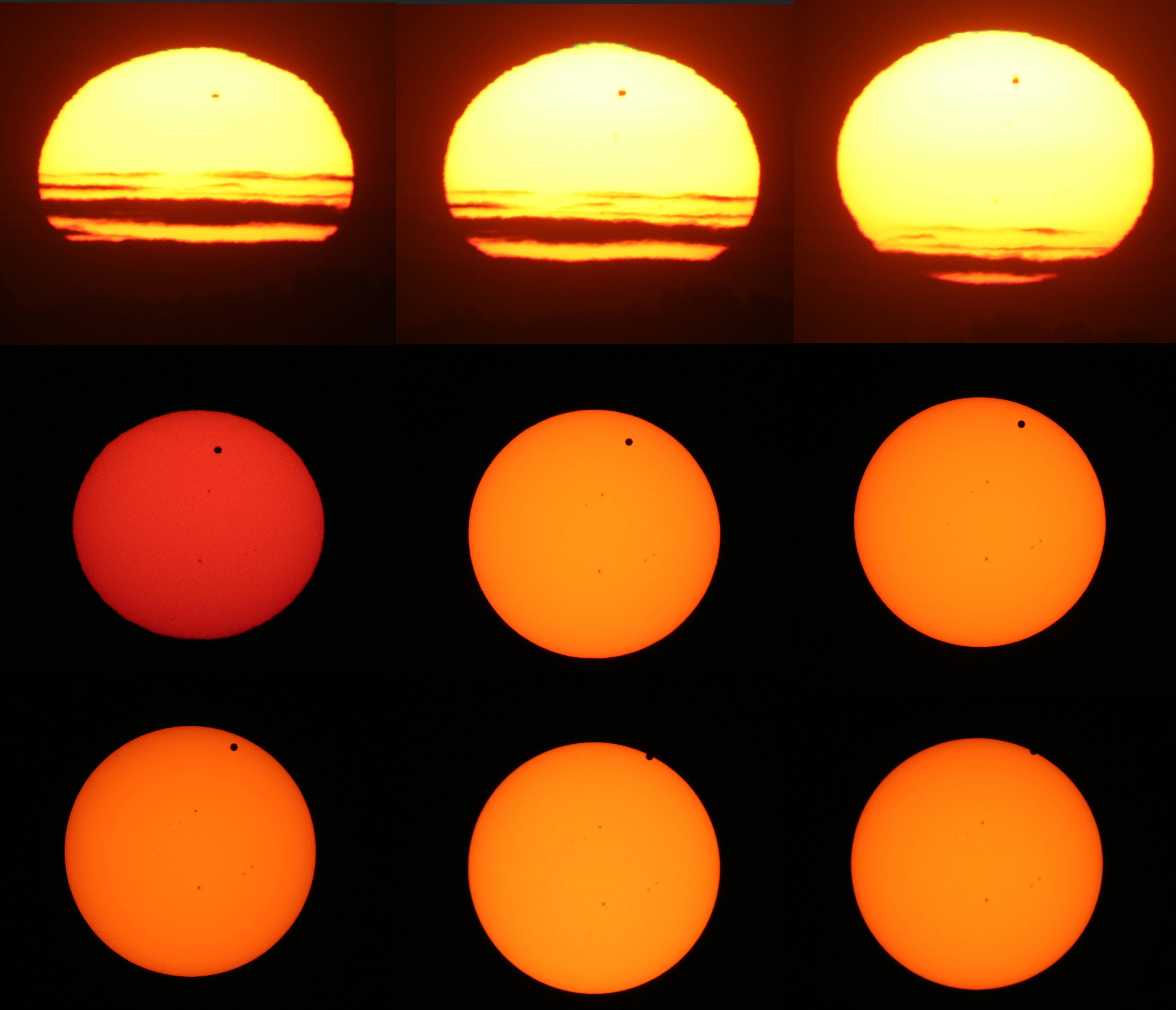
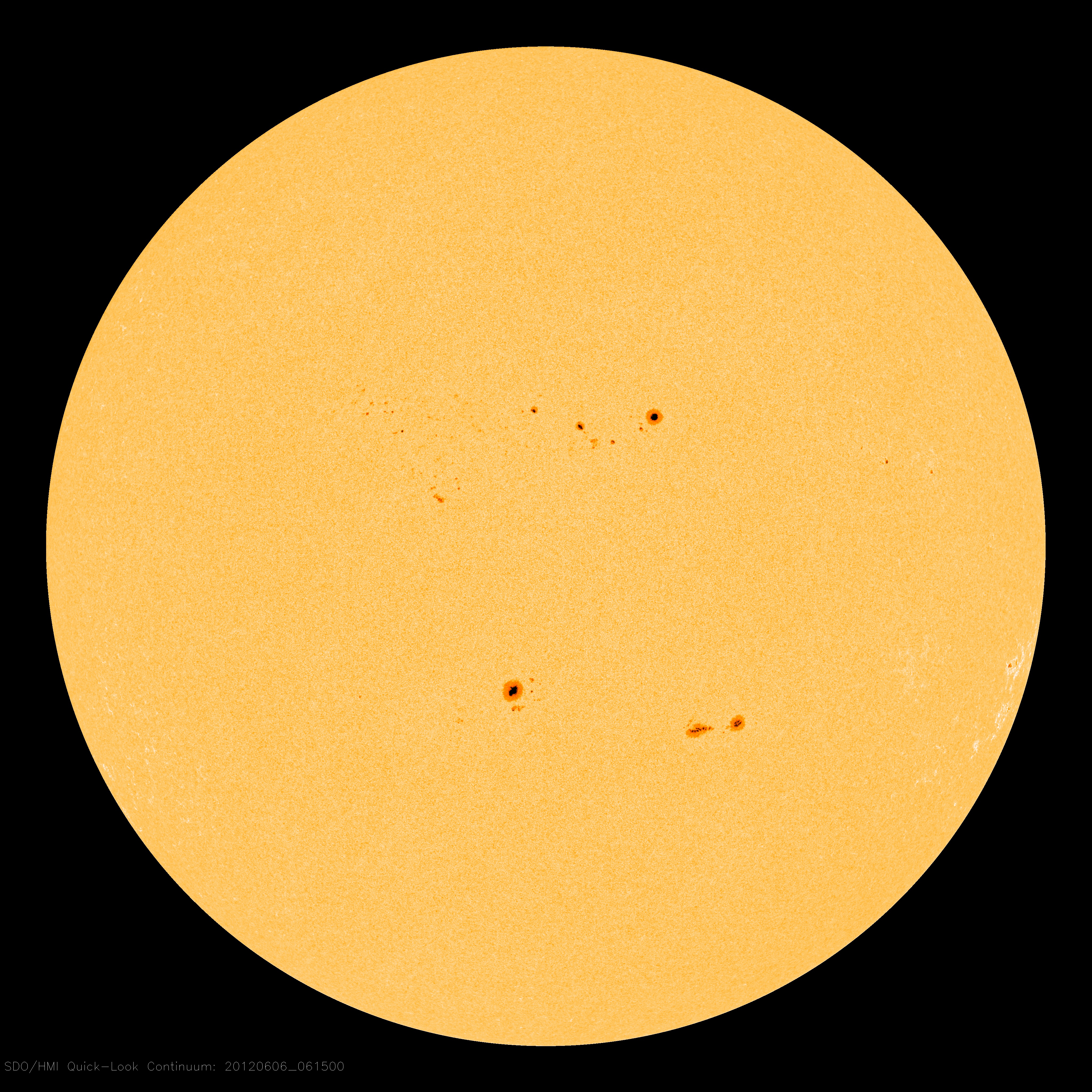

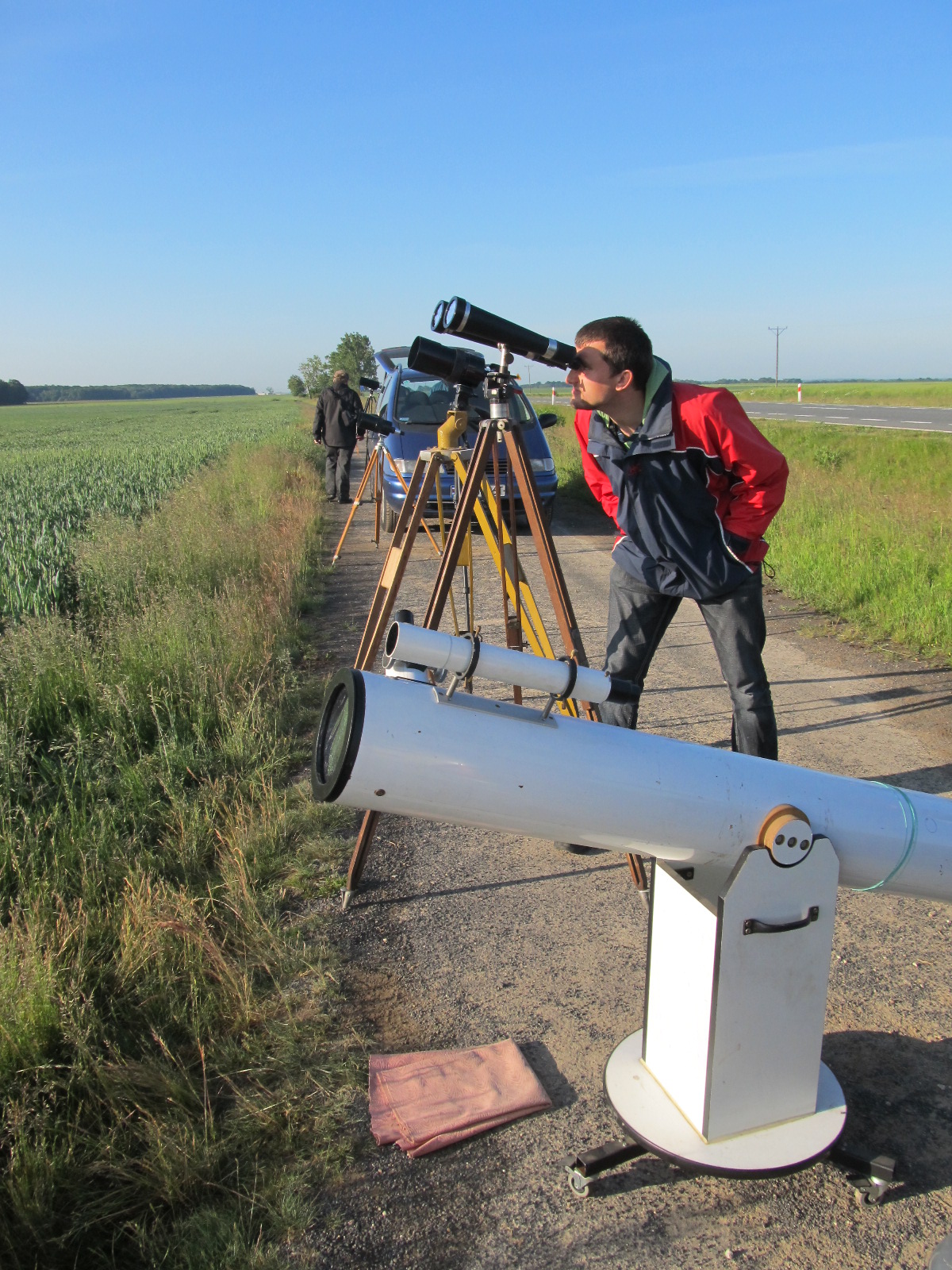

Around 7.30 we started the return to Krakow, where the majority of group members used to work. We approached our return destination quickly, around 9.30. There was still cloudy and thick! Basically, the weather was worsening east of Gliwice, Sun gone behind clouds in Jaworzno.
I am deeply grateful to Mr. Marcin Filipek, who freed me to join his team and enjoy this rare celestial occurrence. In another case, I would not gain equal weather conditions in Opole. In the worst option, I would go in the early morning to the Kosciusko Mound, where a lecturer, working at Pedagogical University, Dr. Waldemar Ogłoza was leading the live stream transmission of the VT 2012 without any chance of a shaft of sunlight at all.
We were watching the transit of Venus for a third time as one of the Polish team. It is good to mention, that before 2004 and 2012 transit of Venus was observed in Poland only once! It was in 1761. The second transit of Venus in 1769 was not visible likewise between 1874 and 1882.
Mariusz Krukar
References:
- Zawilski M., 2017, Planeta w Słońcu. Obserwacje tranzytu Wenus w Polsce sprzed 256lat! (w:) Urania – Postępy astronomii (nr 3/2017).
Links:
- VT 2004 seen from Krosno
- VT 2004 observation in Jasło
- VT 2004 seen from Jasło
- VT 2012 in Krosno, news
- Venus & Earth comparison
- VT 2012 observation and circumstances
- Last transit of Venus in the XXI century (earthsky.org)
- VT 2012 observation with Krakow’s branch of the Polish Society of Astronomers Amateur (Polskie Towarzystwo Miłośników Astronomii)

